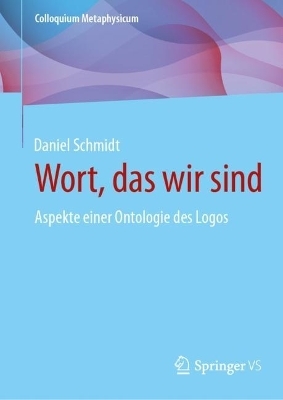
Modality, Subjectivity, and Semantic Change
A Cross-Linguistic Perspective
Seiten
2012
Oxford University Press (Verlag)
978-0-19-969437-2 (ISBN)
Oxford University Press (Verlag)
978-0-19-969437-2 (ISBN)
This book is a cross-linguistic exploration of semantic and functional change in modal markers. With a focus on Japanese and to a lesser extent Chinese the book is a countercheck to hypotheses built on the Indo-European languages. It also contains numerous illustrations from other languages.
This book is a cross-linguistic exploration of semantic and functional change in modal markers. Its approach is broadly functional typological but makes frequent reference to work in formal semantics by scholars such as Angelika Kratzer and Paul Portner. The author starts by considering what modality is and how it relates to and differs from subjectivity. He argues that modality cannot be defined in terms of subjectivity: both concepts are independent of each other, the first exhibiting different degrees of subjectivity, and the second being operative in a much wider range of grammatical and lexical categories. Subjectivity, he suggests, should not be defined solely in terms of performativity, evidentiality, or construal, but rather from the interplay of multiple semantic and pragmatic factors. He then presents a two-dimensional model for the descriptive representation of modality, based on the notion that among the many aspects of modal meaning, volitivity and speech-act-orientation versus event-orientation are two of its most salient parameters. He shows that it is especially the dimension of speech-act orientation versus event-orientation, parallel to category climbing in syntax, that is operative in diachronic change. Numerous examples of diachronic change within modality and between modality and other categories are then examined with respect to their directionality. With a focus on Japanese and to a lesser extent Chinese the book is a countercheck to hypotheses built on the Indo-European languages. It also contains numerous illustrations from other languages.
This book is a cross-linguistic exploration of semantic and functional change in modal markers. Its approach is broadly functional typological but makes frequent reference to work in formal semantics by scholars such as Angelika Kratzer and Paul Portner. The author starts by considering what modality is and how it relates to and differs from subjectivity. He argues that modality cannot be defined in terms of subjectivity: both concepts are independent of each other, the first exhibiting different degrees of subjectivity, and the second being operative in a much wider range of grammatical and lexical categories. Subjectivity, he suggests, should not be defined solely in terms of performativity, evidentiality, or construal, but rather from the interplay of multiple semantic and pragmatic factors. He then presents a two-dimensional model for the descriptive representation of modality, based on the notion that among the many aspects of modal meaning, volitivity and speech-act-orientation versus event-orientation are two of its most salient parameters. He shows that it is especially the dimension of speech-act orientation versus event-orientation, parallel to category climbing in syntax, that is operative in diachronic change. Numerous examples of diachronic change within modality and between modality and other categories are then examined with respect to their directionality. With a focus on Japanese and to a lesser extent Chinese the book is a countercheck to hypotheses built on the Indo-European languages. It also contains numerous illustrations from other languages.
Heiko Narrog is Associate Professor of Linguistics at Tohoku University. His publications include Modality in Japanese (Benjamins 2009); and, with Bernd Heine, The Oxford Handbook of Linguistic Analysis (OUP 2010) and The Oxford Handbook of Grammaticalization (OUP 2011).
1. Introduction ; 2. Modality and Subjectivity ; 3. Modality and Semantic Change ; 4. Illustrating the Model - some case studies ; 5. Cross-linguistic Patterns of Polysemy and Change Within Modality and Mood ; 6. Shifts Between Types of Modality in Traditional Terms ; 7. Into (and out of) Modality ; 8. Conclusions ; Appendix ; References
| Erscheint lt. Verlag | 19.7.2012 |
|---|---|
| Zusatzinfo | Tables |
| Verlagsort | Oxford |
| Sprache | englisch |
| Maße | 164 x 239 mm |
| Gewicht | 684 g |
| Themenwelt | Geisteswissenschaften ► Philosophie ► Sprachphilosophie |
| Geisteswissenschaften ► Sprach- / Literaturwissenschaft ► Sprachwissenschaft | |
| ISBN-10 | 0-19-969437-0 / 0199694370 |
| ISBN-13 | 978-0-19-969437-2 / 9780199694372 |
| Zustand | Neuware |
| Haben Sie eine Frage zum Produkt? |
Mehr entdecken
aus dem Bereich
aus dem Bereich
Aspekte einer Ontologie des Logos
Buch | Hardcover (2024)
Springer Fachmedien (Verlag)
119,99 €
Wie die Menschheit zu ihrer größten Erfindung kam
Buch | Softcover (2022)
C.H.Beck (Verlag)
18,00 €
Macht und Legitimität politischer Sprache im Prozess der europäischen …
Buch | Softcover (2023)
Nomos (Verlag)
74,00 €


